Relax: a quarter of a century from now, those of us who enjoy driving will still be turning the steering wheel, pressing the pedals and shifting the gearlever with our own limbs, via inputs from our brains and feedback from our senses.
At least, we hope we will, because we’re not quite ready to change the masthead of this website to ‘Autonomouscar’. That doesn’t have a good ring to it at all.
It isn’t getting any easier to be a keen driver or a maker of performance cars. As the years grind on, manufacturers are coming under increasingly intense legislative pressure to improve safety and efficiency and reduce pollution while at the same time facing pressure from their own executive boards to sell more cars and make them more cheaply.
Rest assured that car makers are not hell bent on forcing us to let the machines do all the work all of the time, though. Most manufacturers rely on a strong emotional link with drivers to sell their latest models. As drivers, we connect with our cars for myriad reasons: the way they look, smell and feel, how they save us time and money, but also how they drive.
We’d wager that Autocar readers aren’t interested in getting into an anonymous, autonomous box-on-wheels and emerging at the other end of their journey without having had any input into the process.
So although the sports car of the future might look a little different from today’s – perhaps it could be similar to our artist’s impression on this page – and might be packed with the kind of technology that is only now appearing on the radar of manufacturers’ R&D teams, we’re laying our cards on the table and saying there will still be a time and place for driver engagement in 2040.
It might only be on a track day or a desolate stretch of the B4425, but the motor car’s powerful ability to excite, entertain and engage won’t be altogether confined to the history books. Truth be told, gauging the direction of the car industry is a challenge rendered nigh on impossible by the sheer pace and intensity of change and development.
We’ve had a good go, but if you have your own vision of the future, or disagree with us, we’d love to hear about it in the comments section below (or via mind meld).
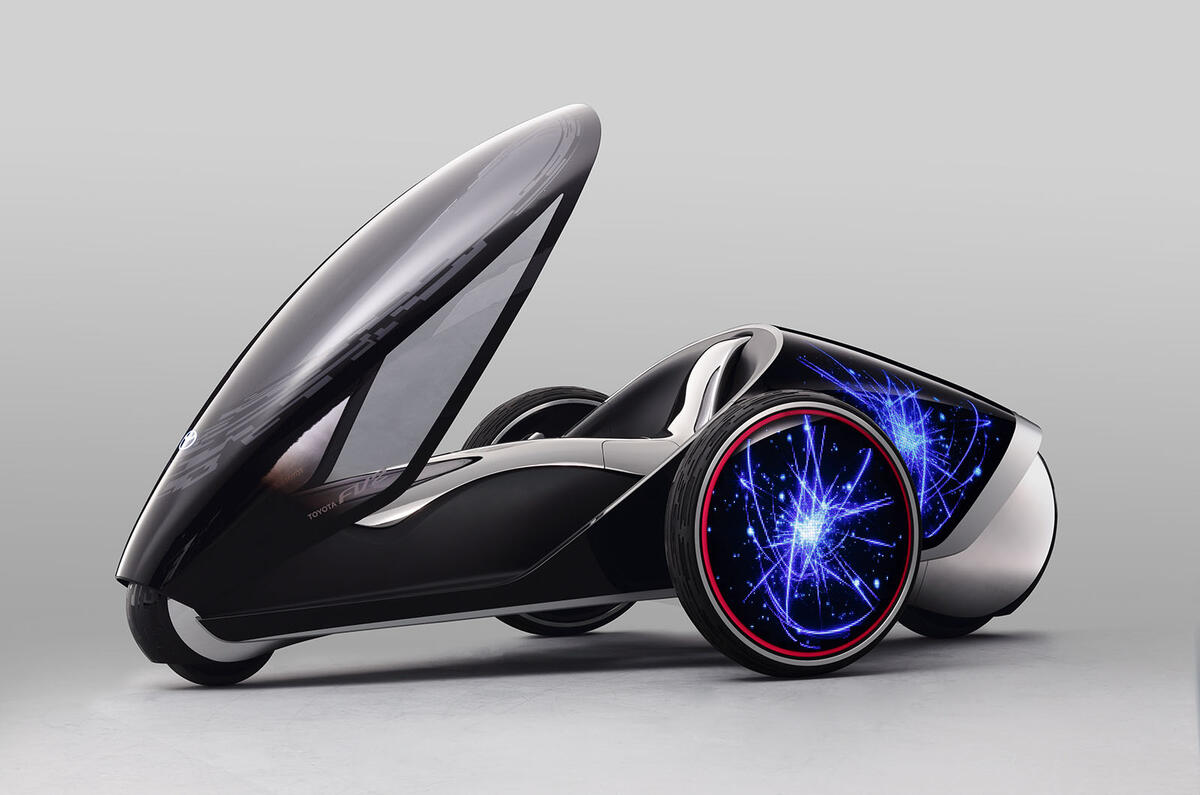


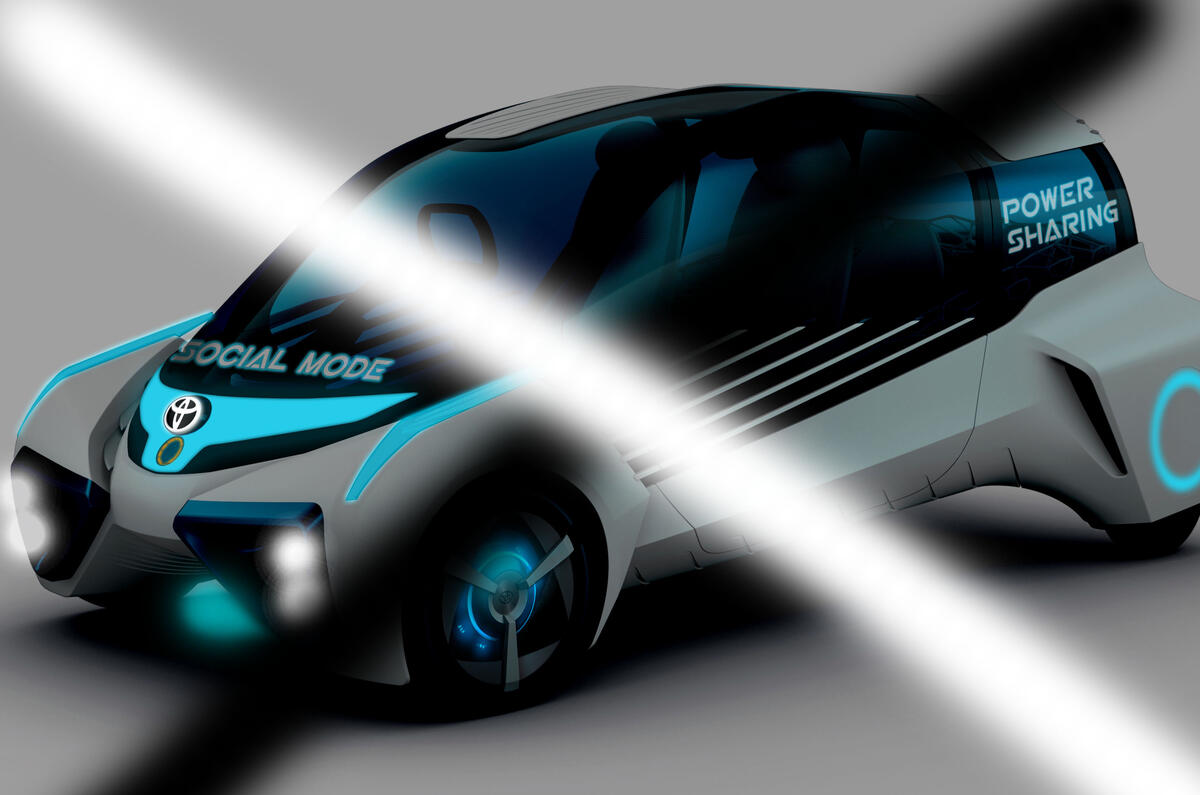
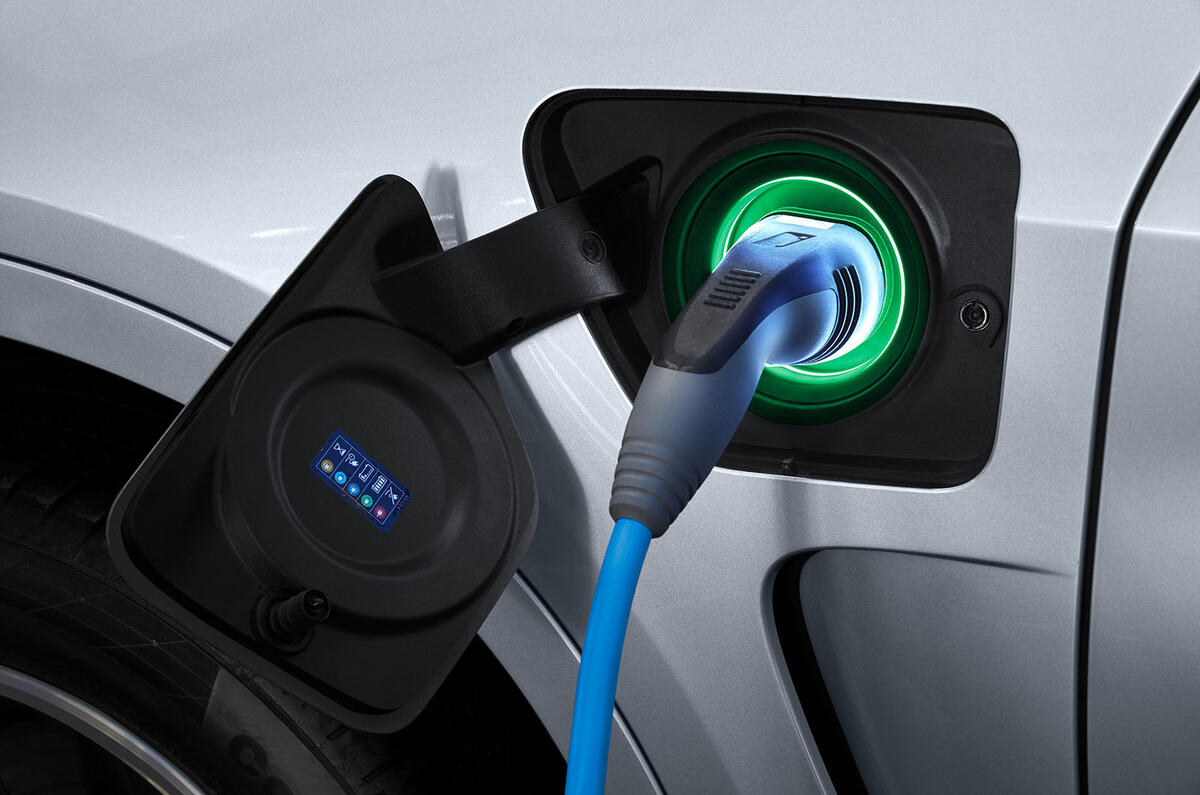
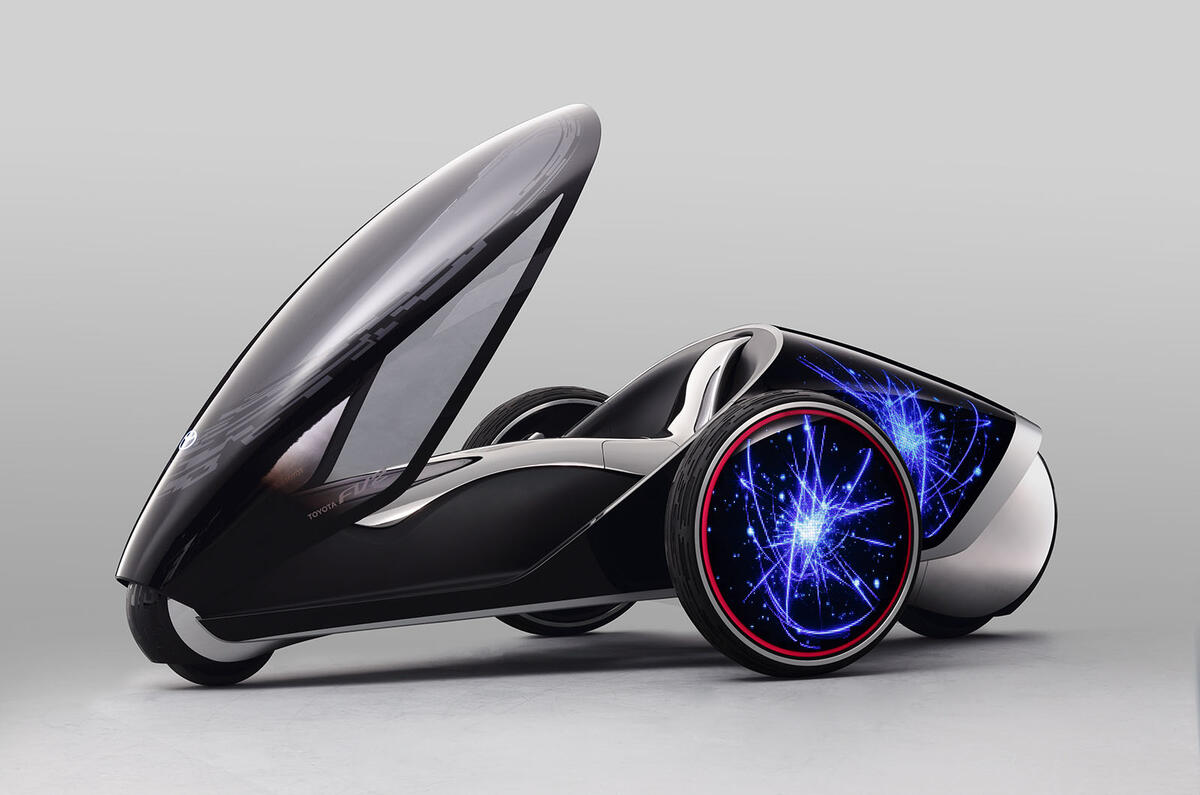
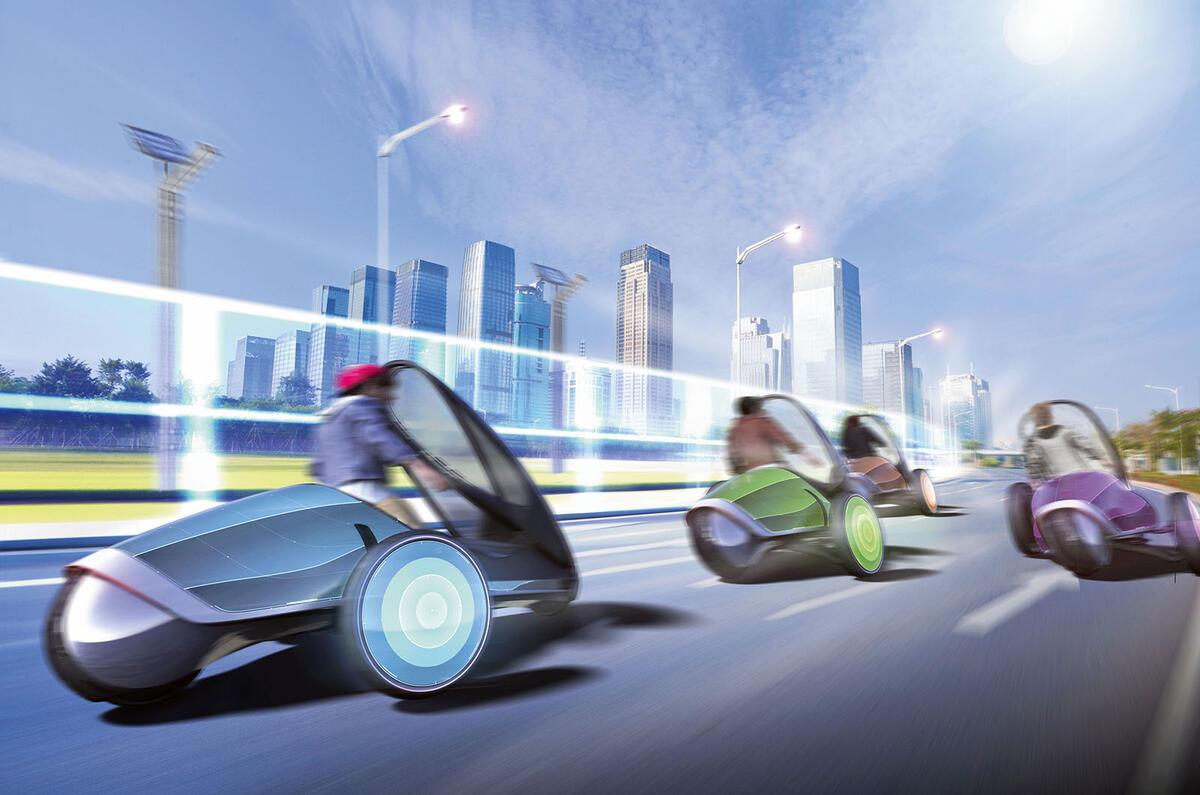
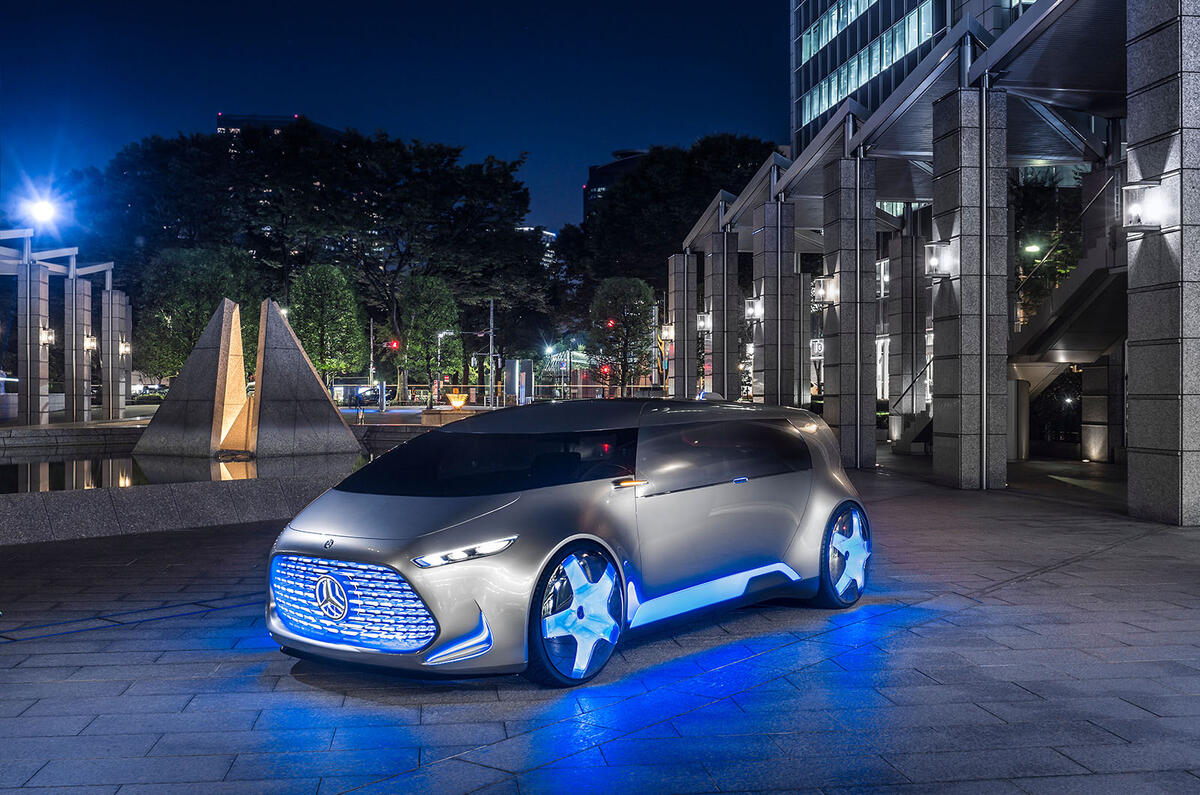
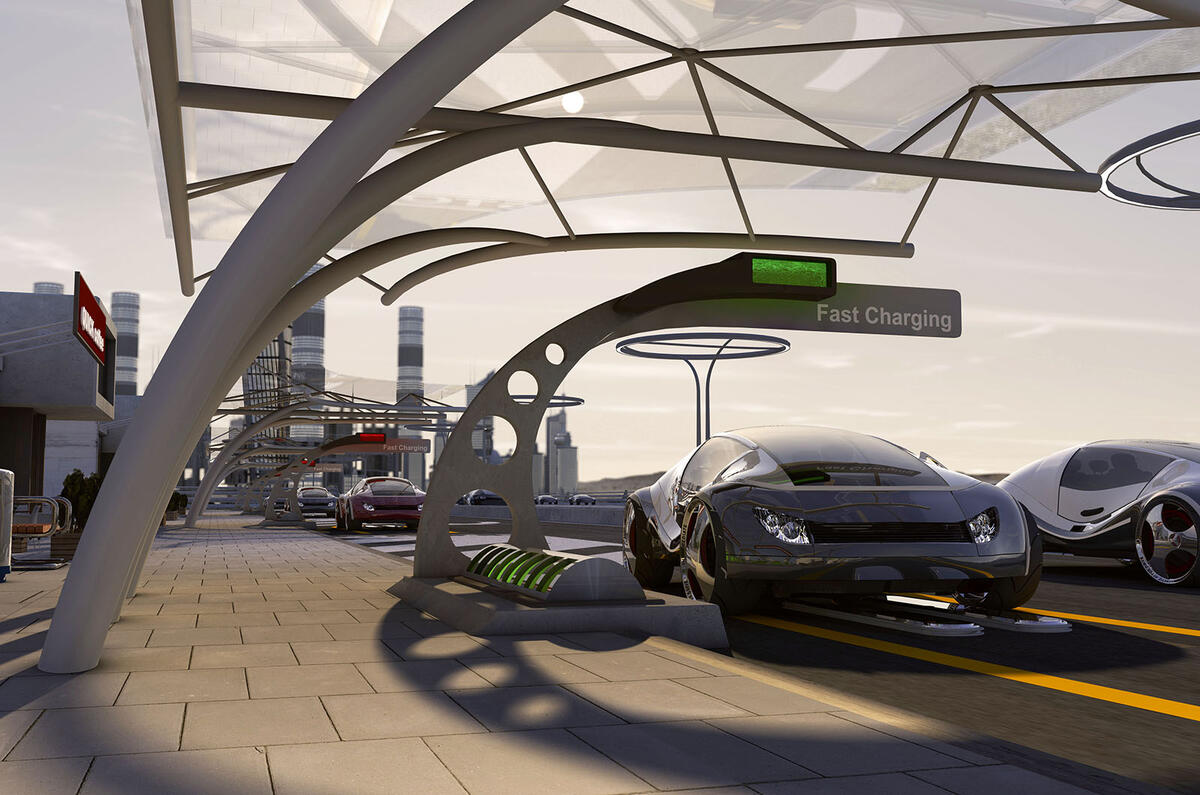
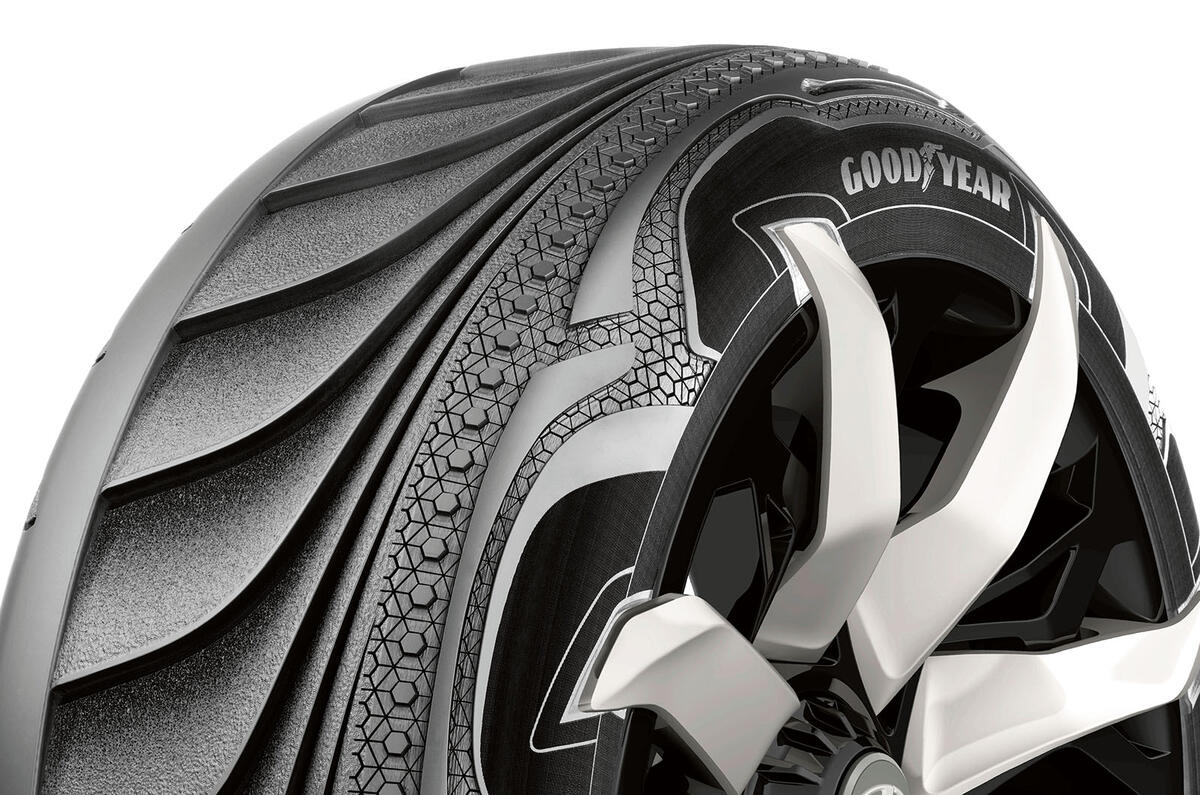
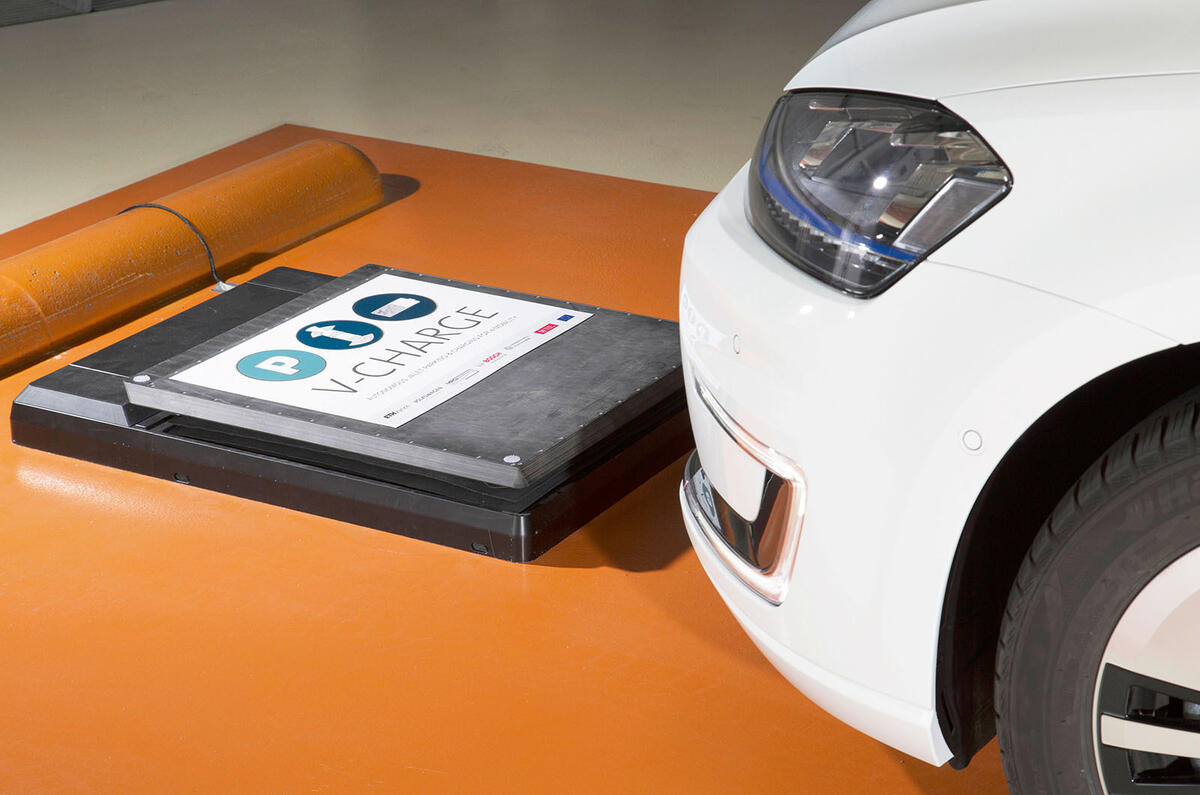
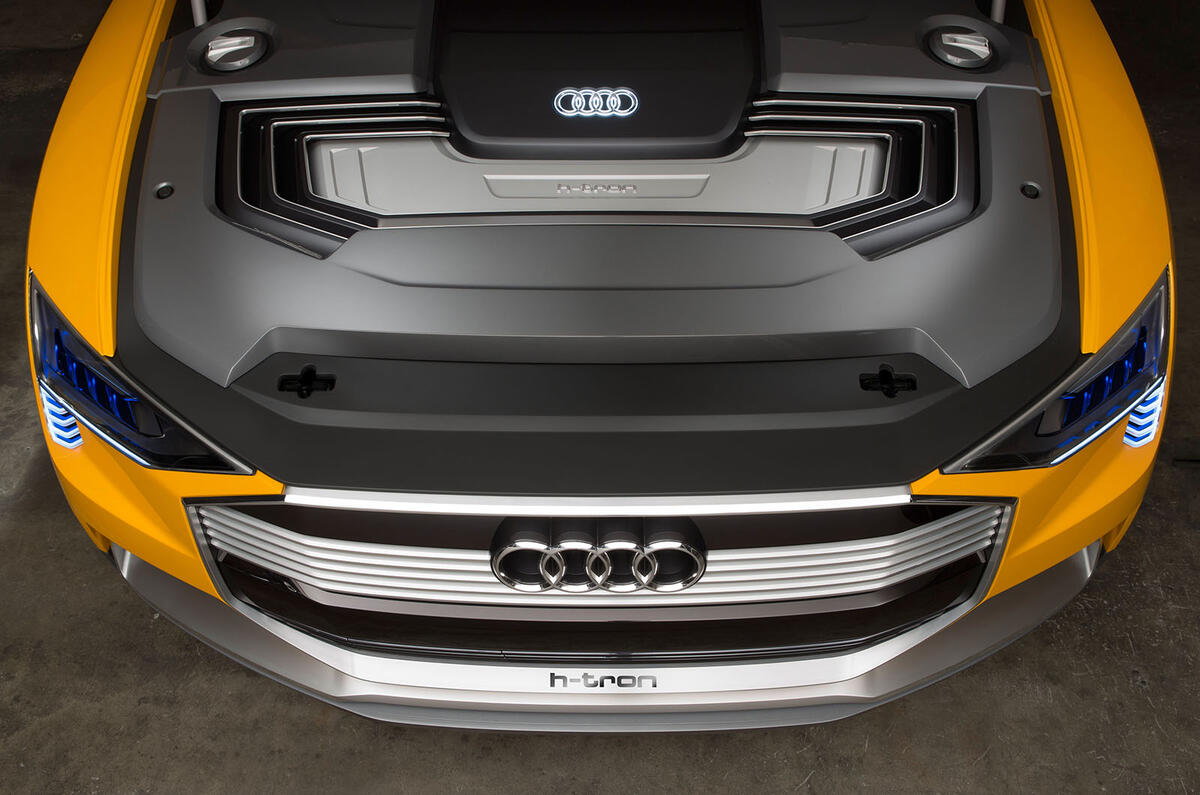


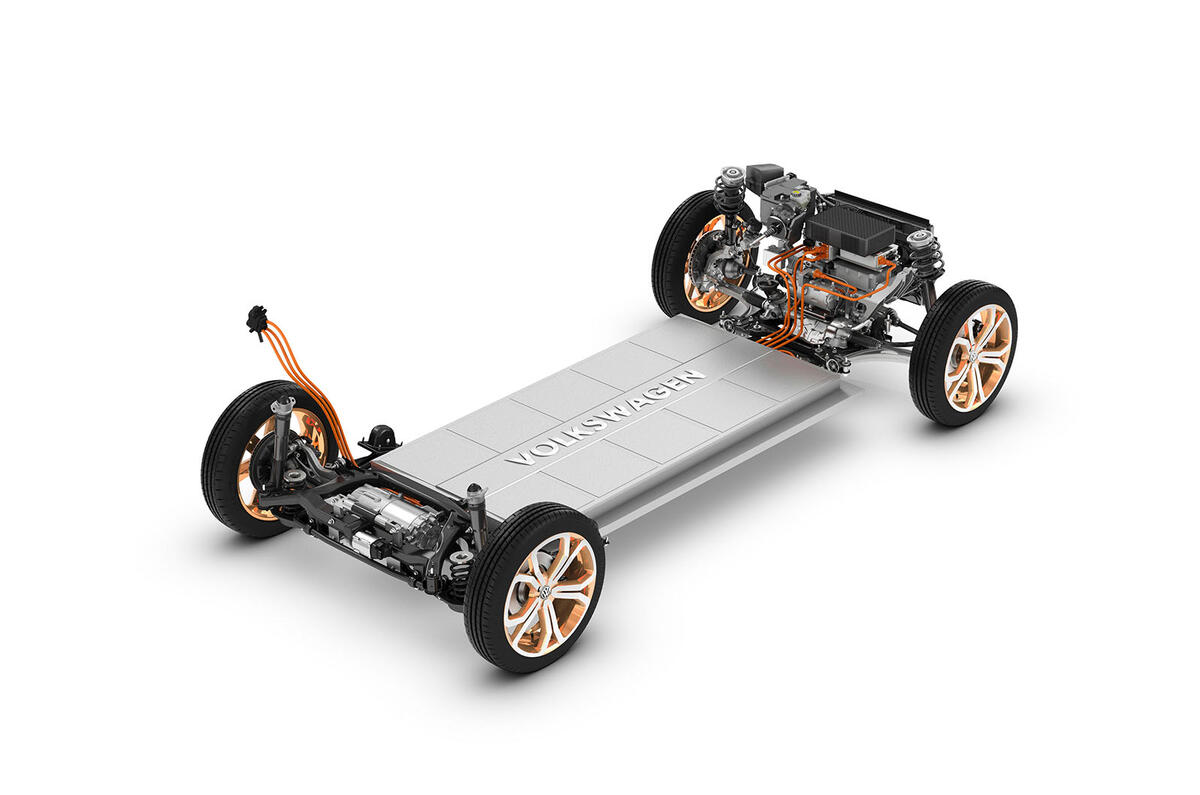
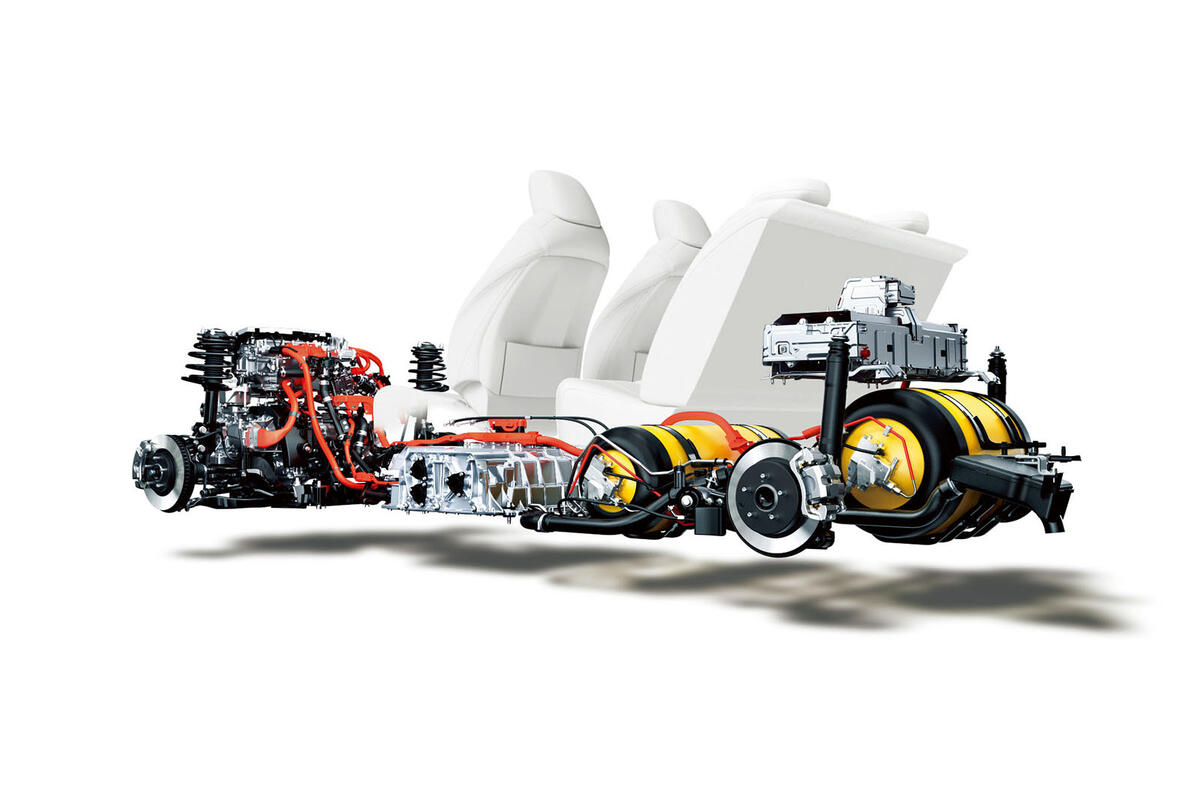
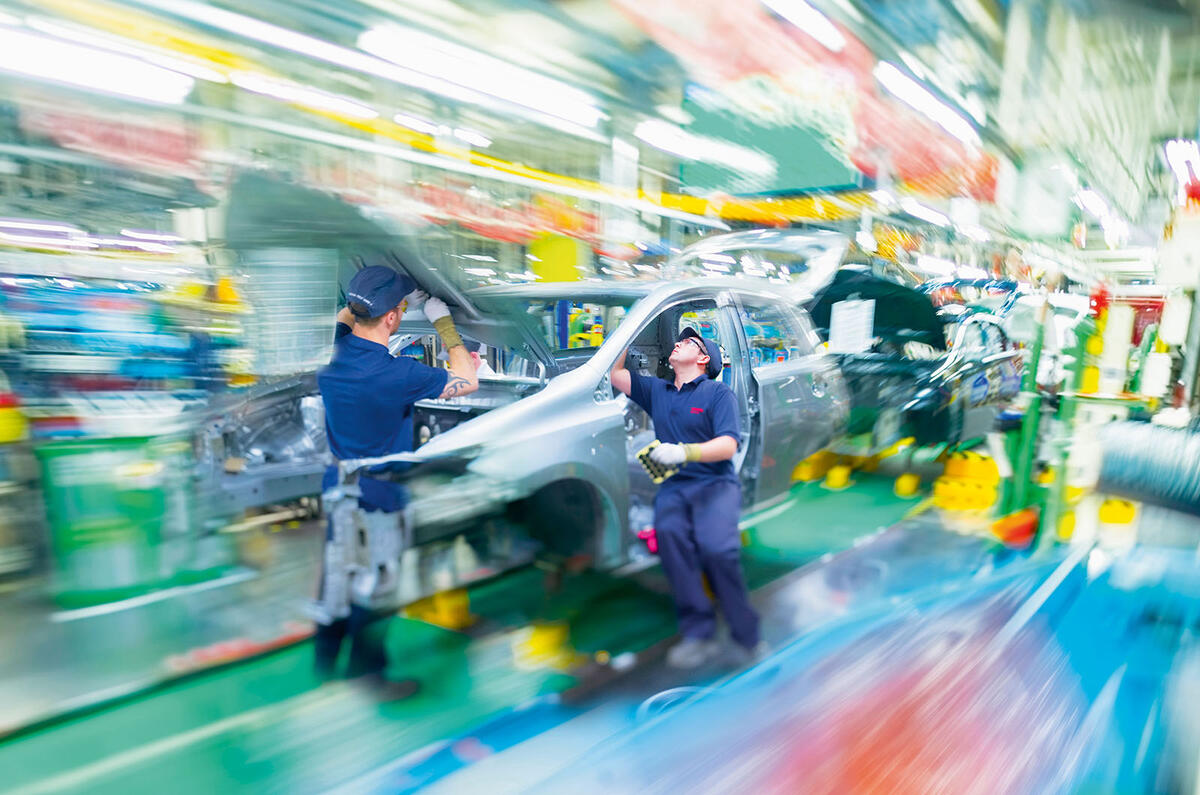

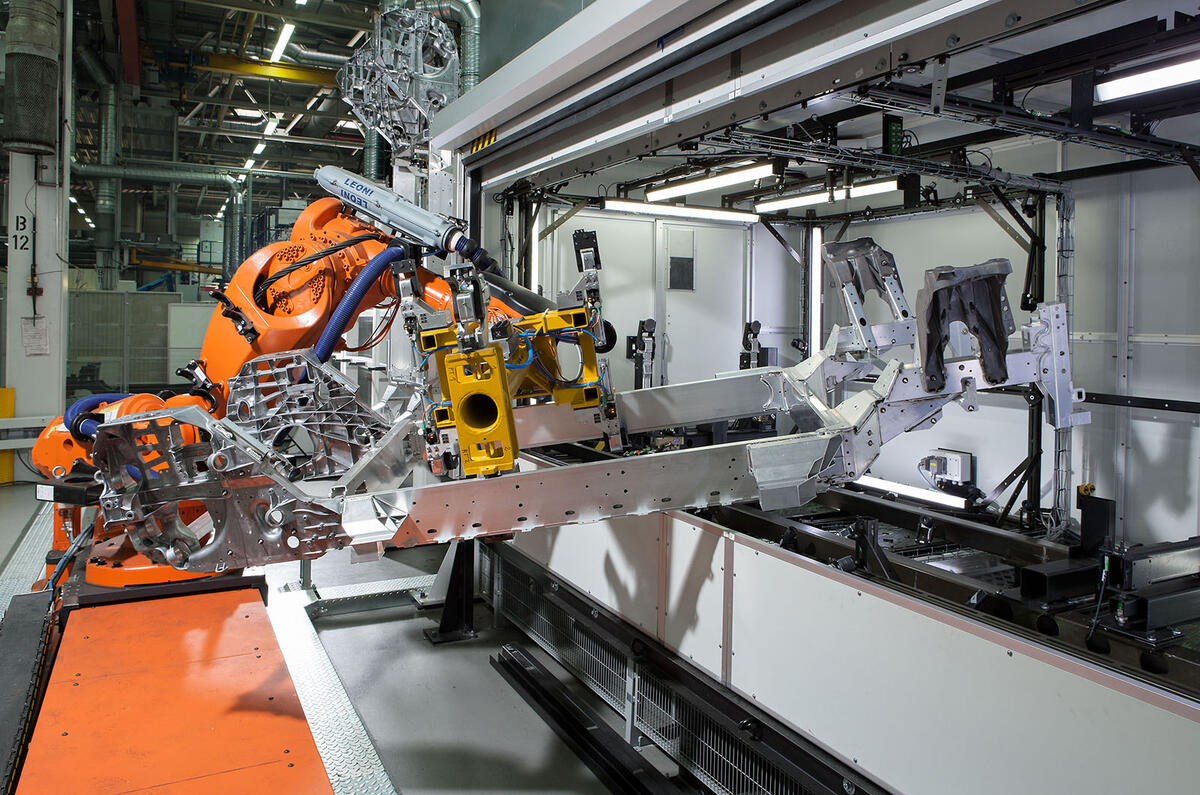
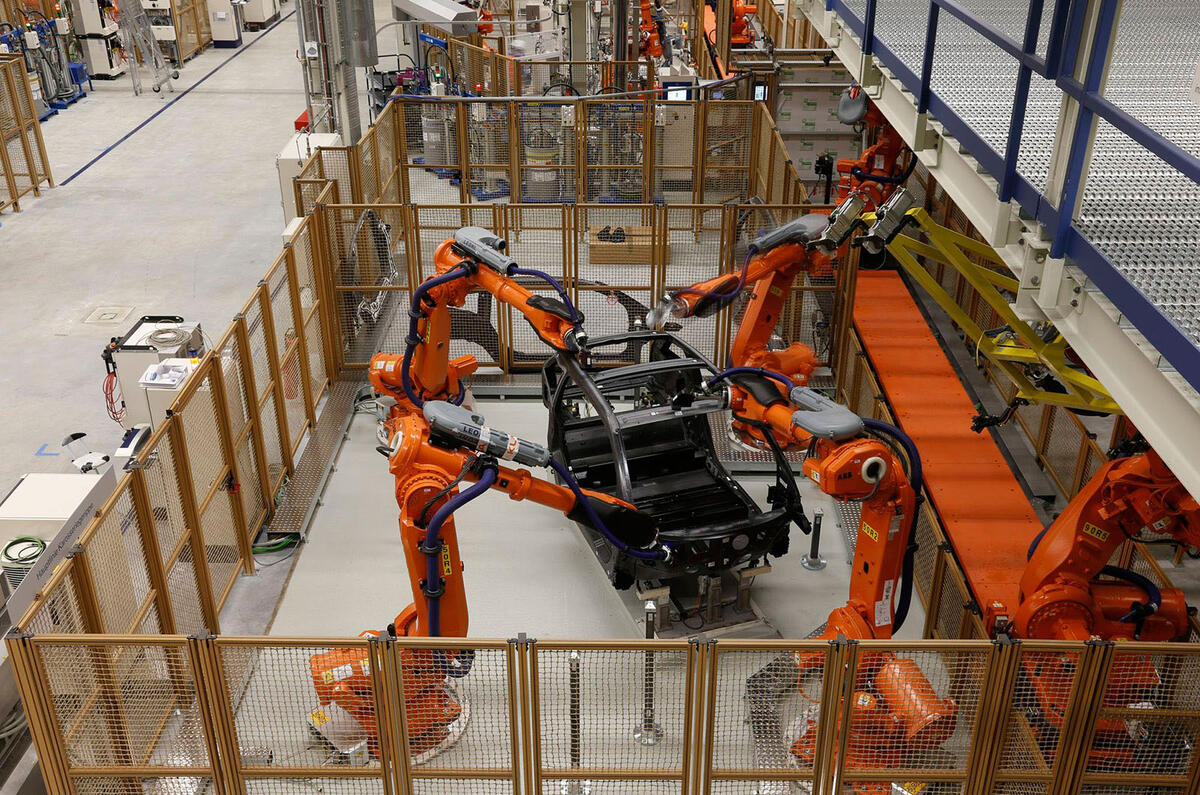
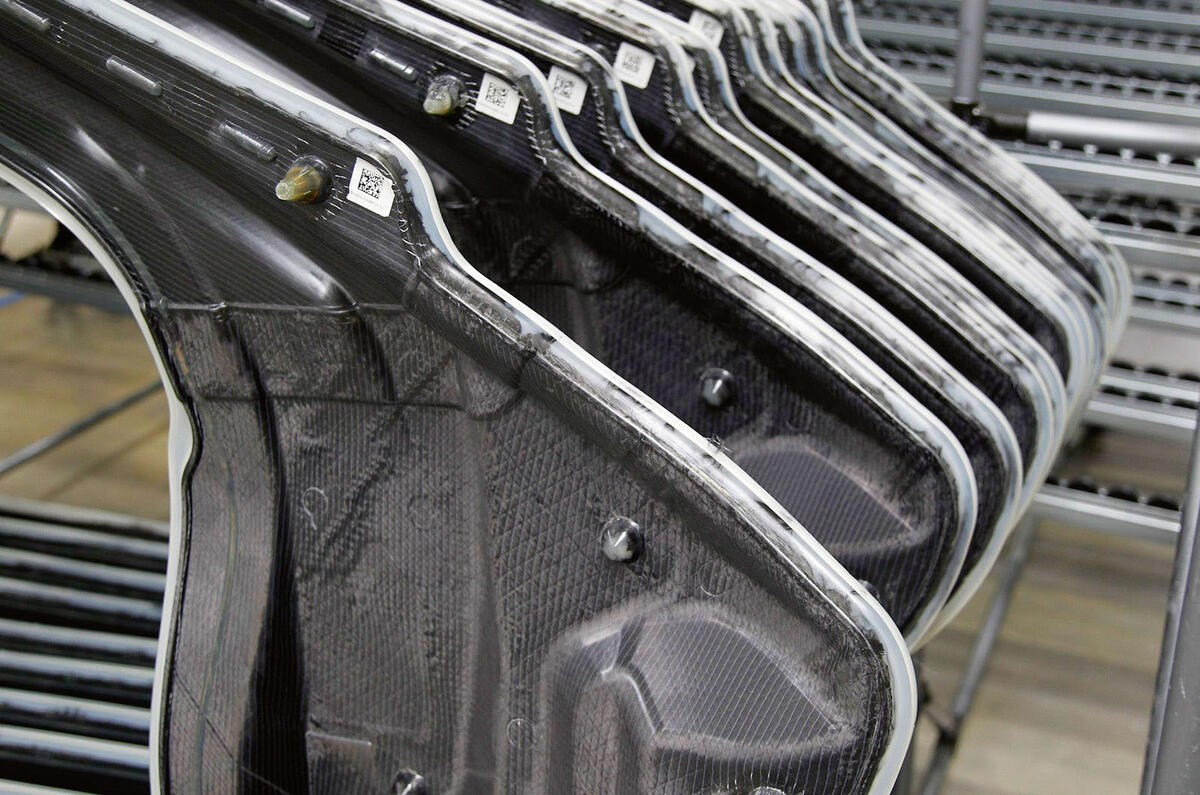
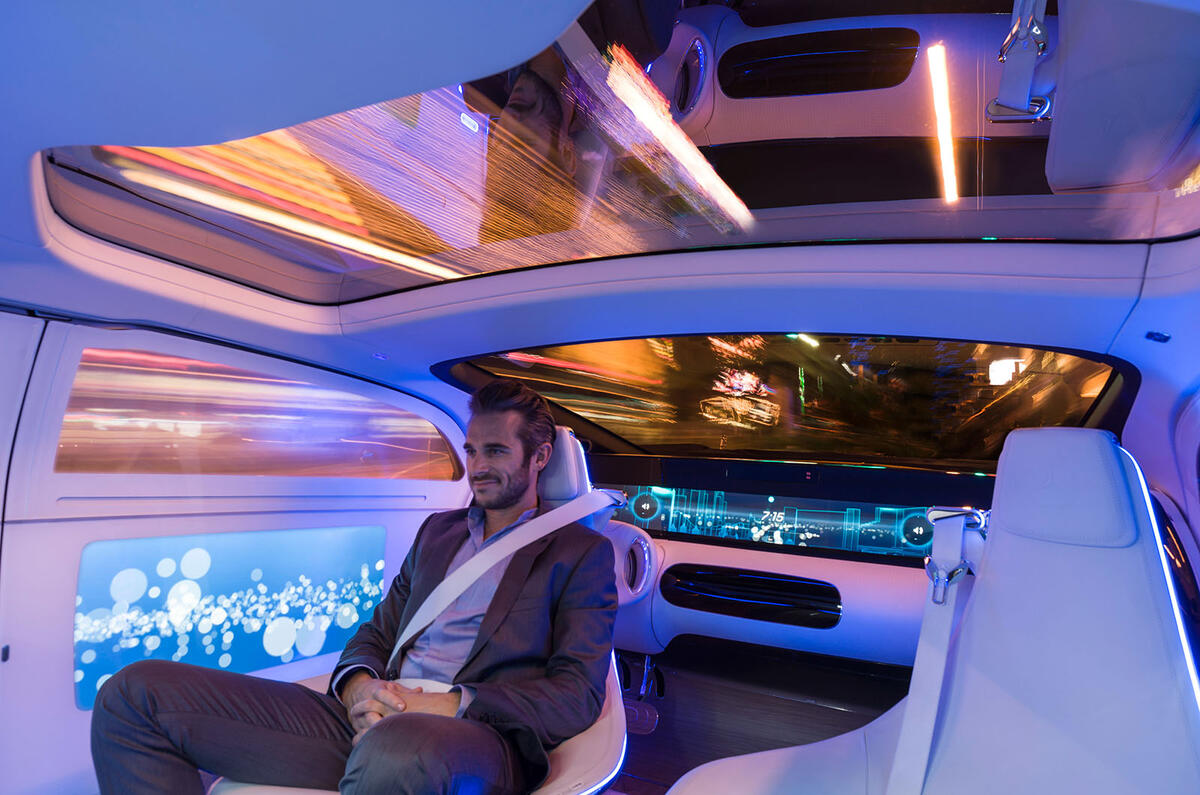
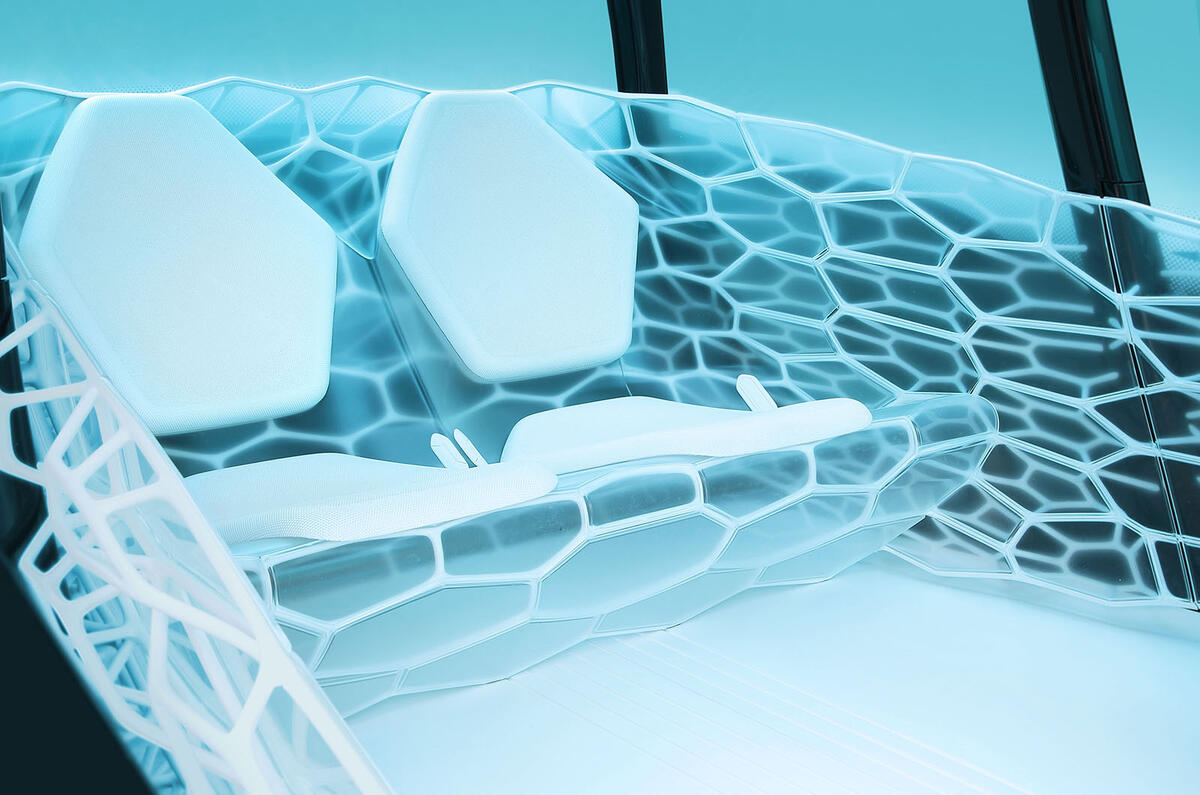
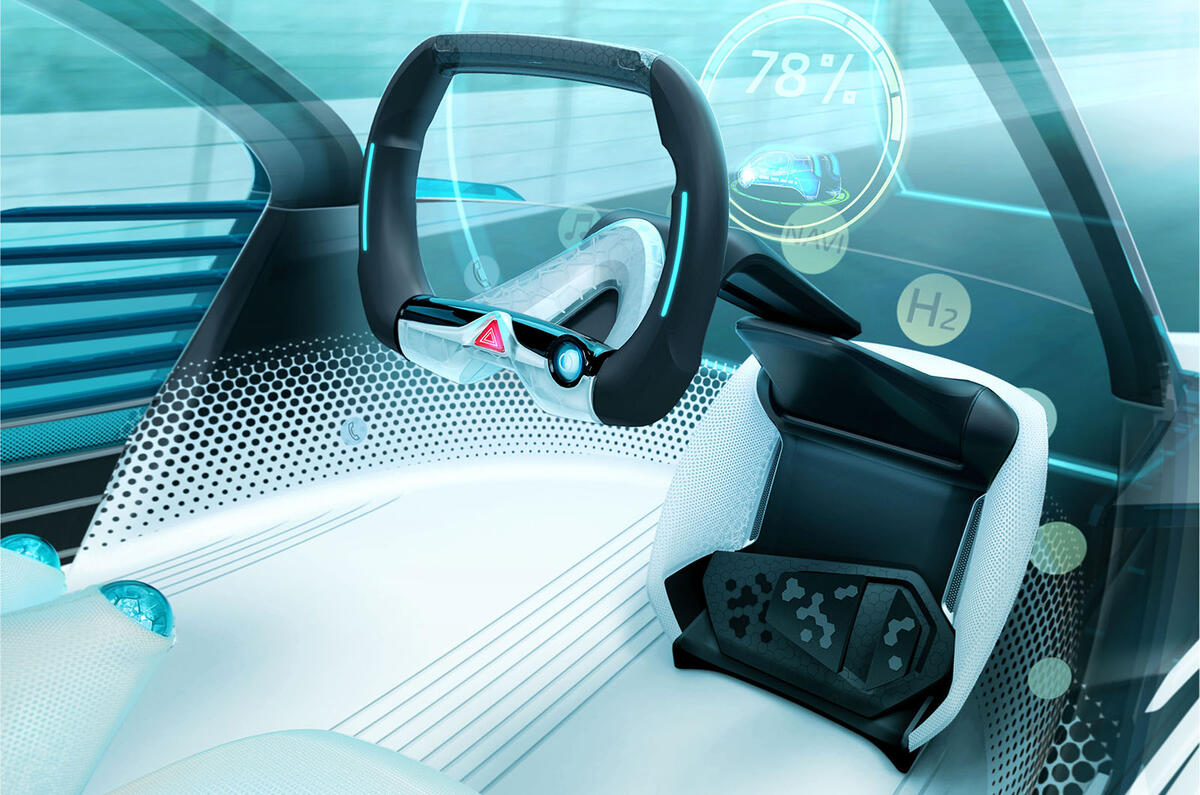

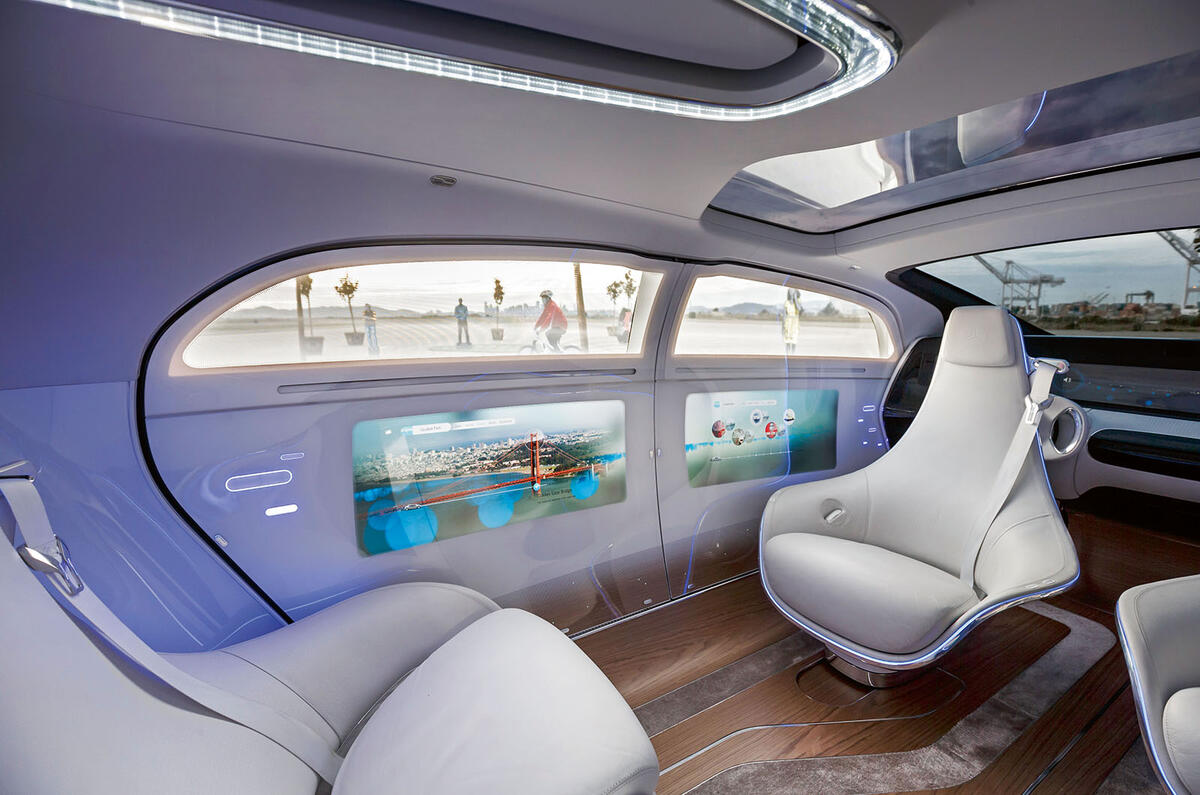
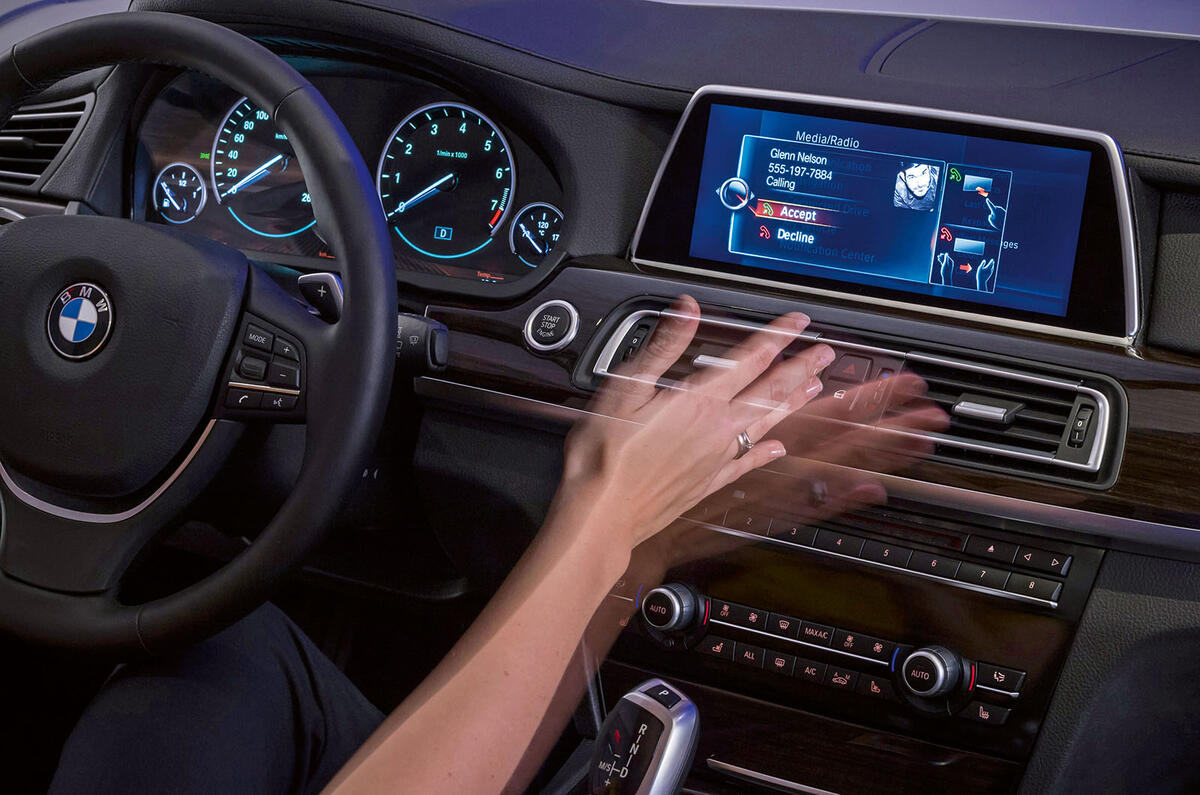
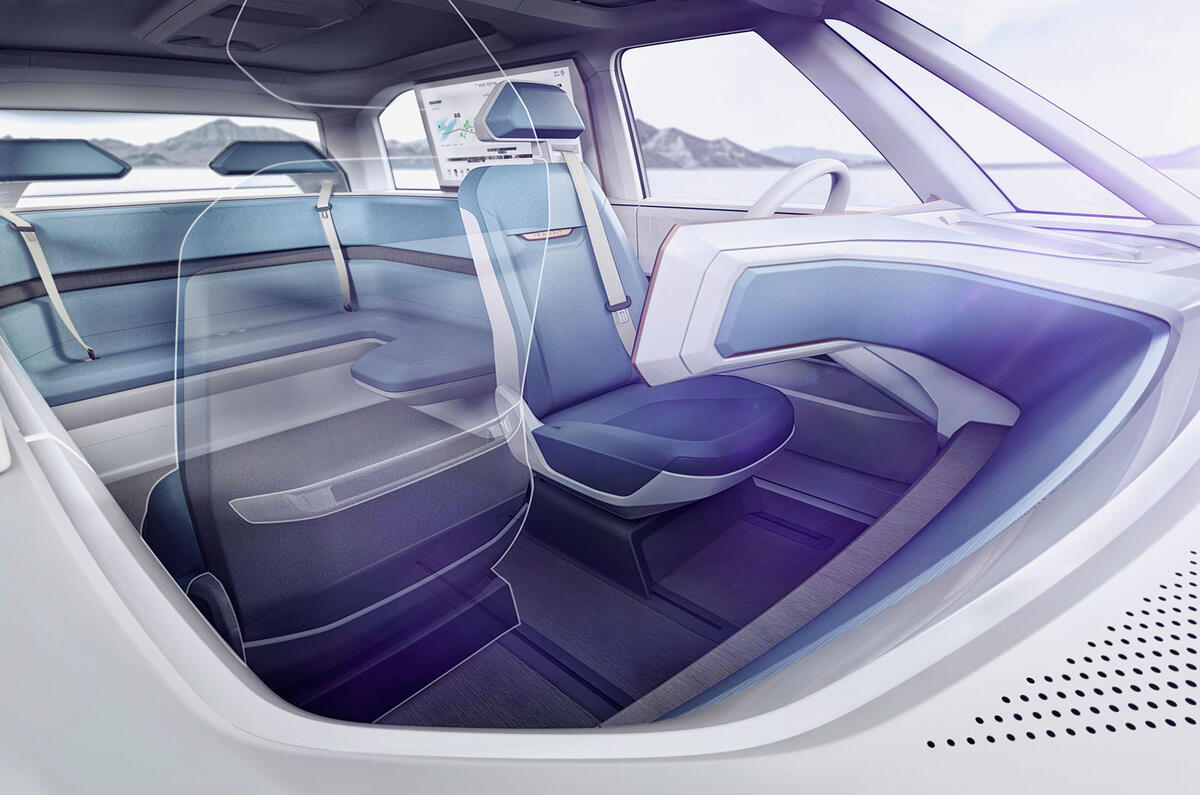
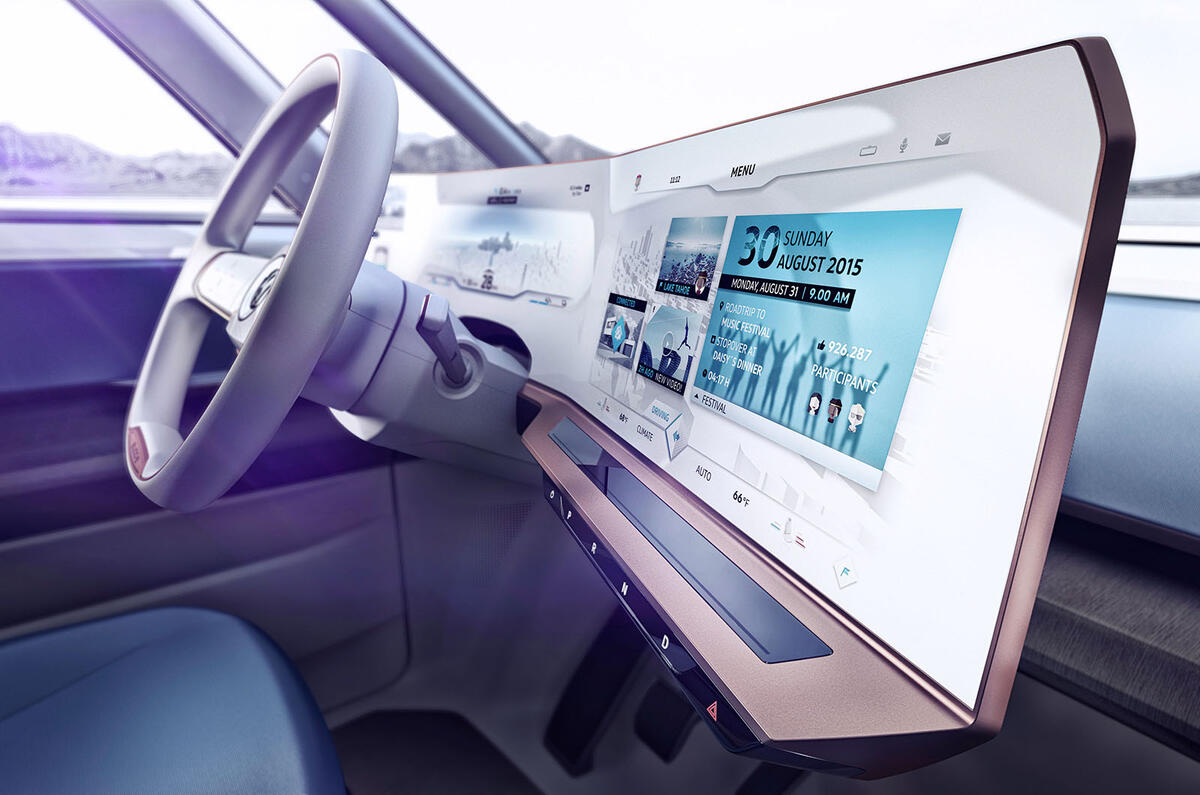
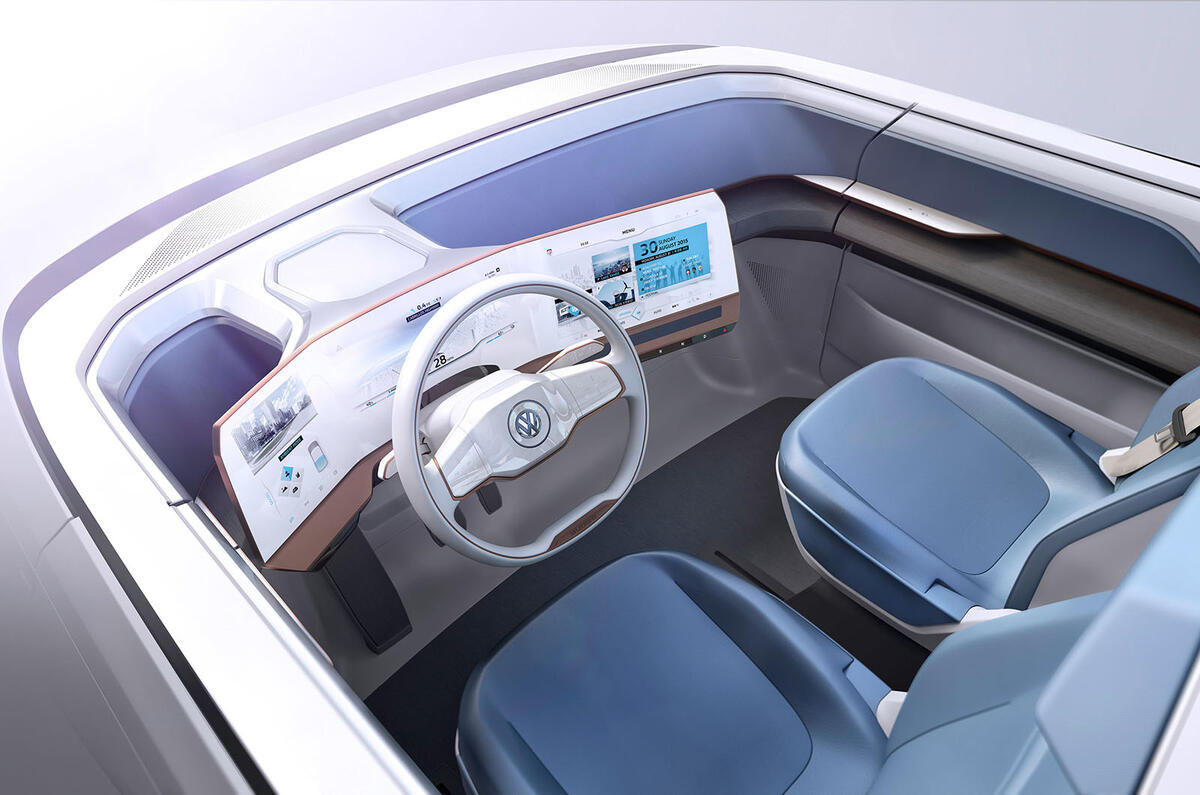
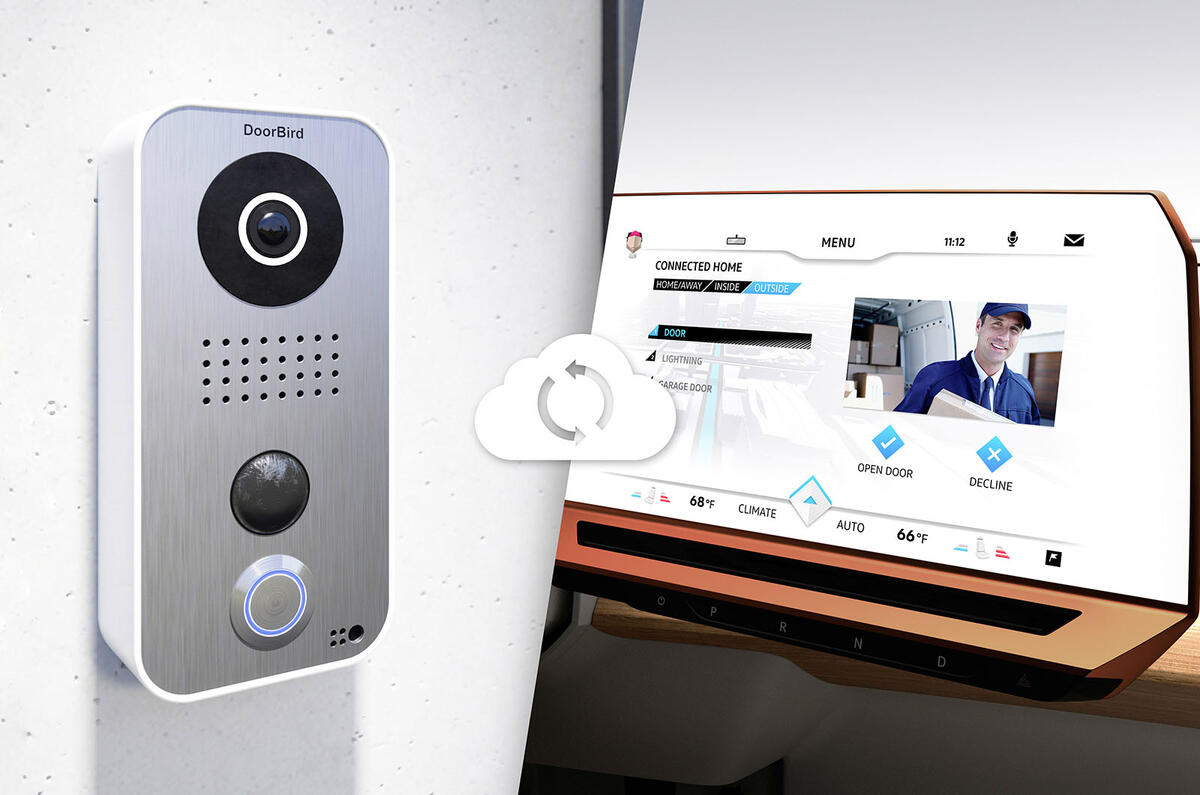
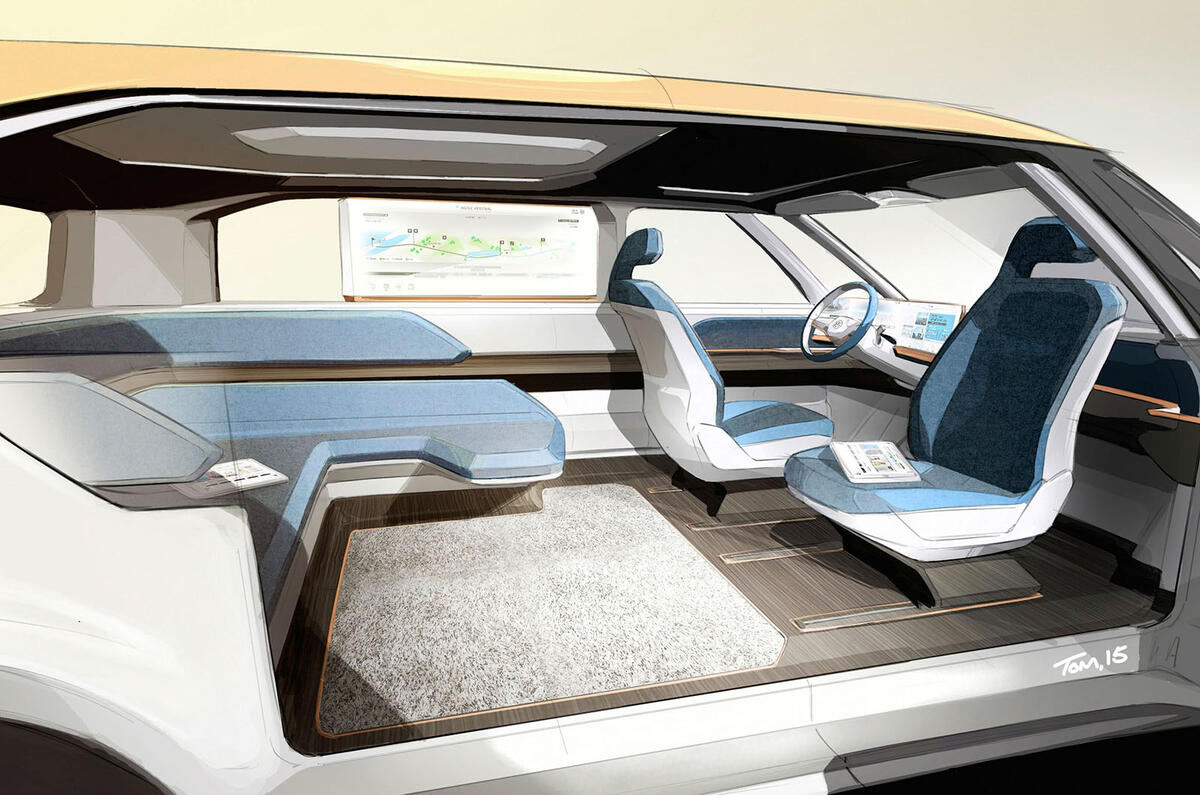

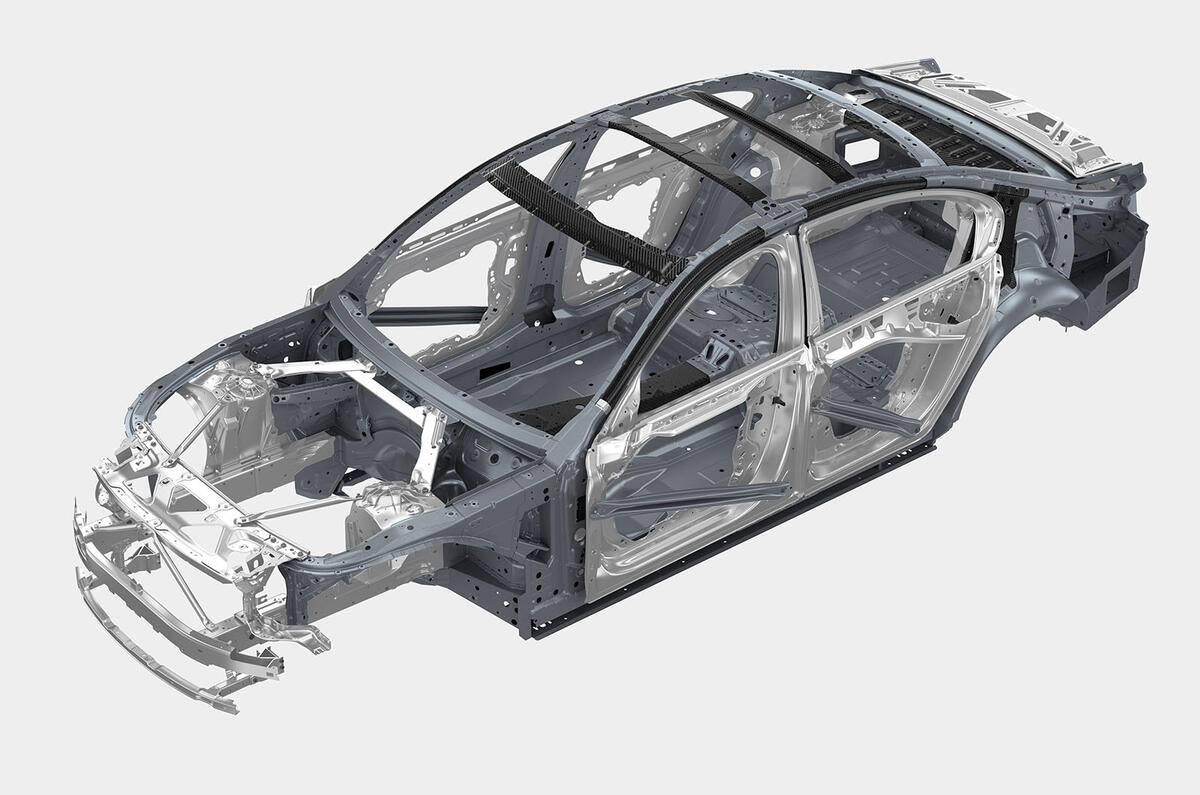
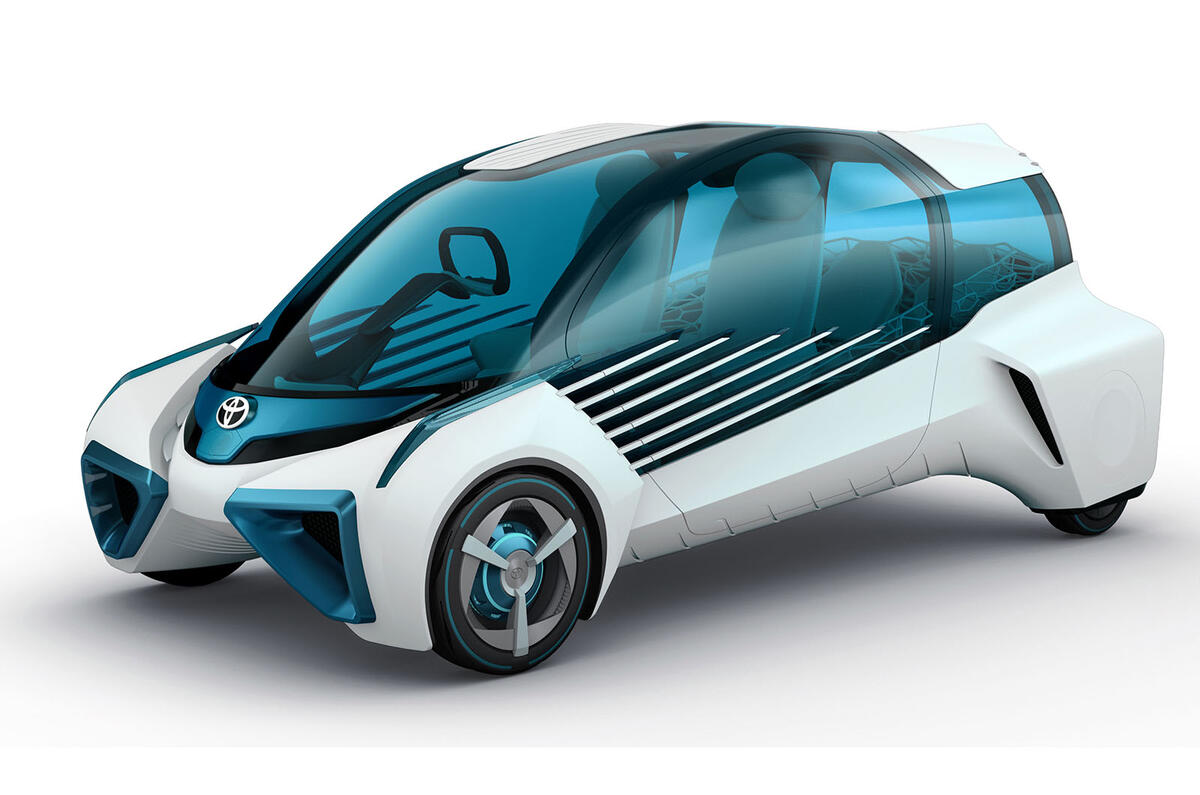
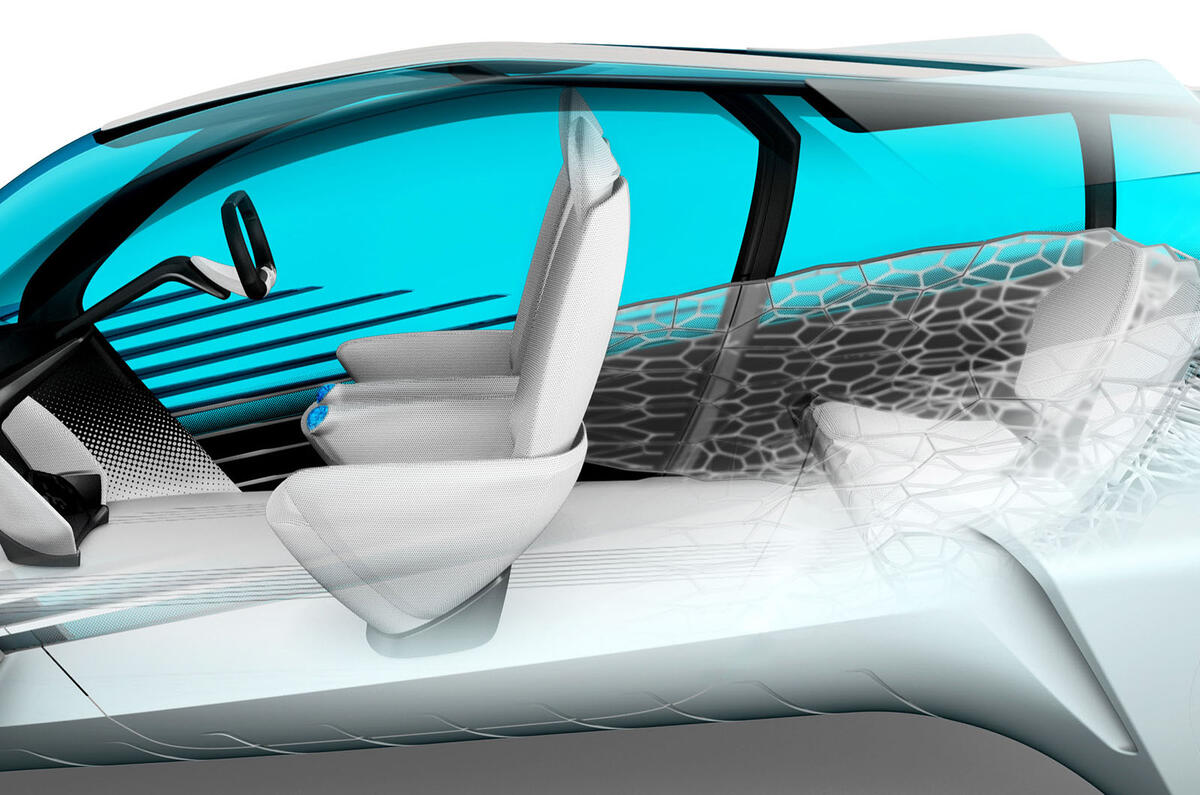
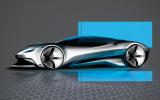
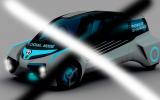
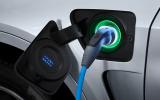
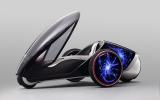
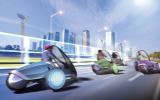

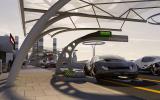
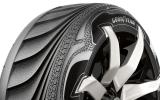
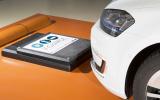
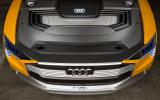


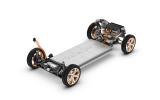
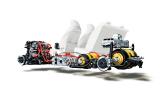

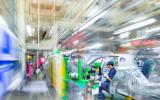
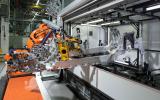
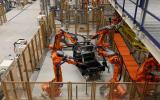



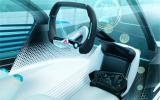
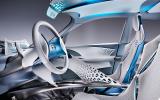



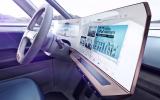


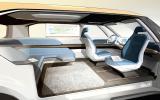
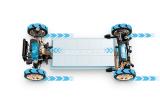
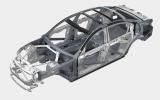



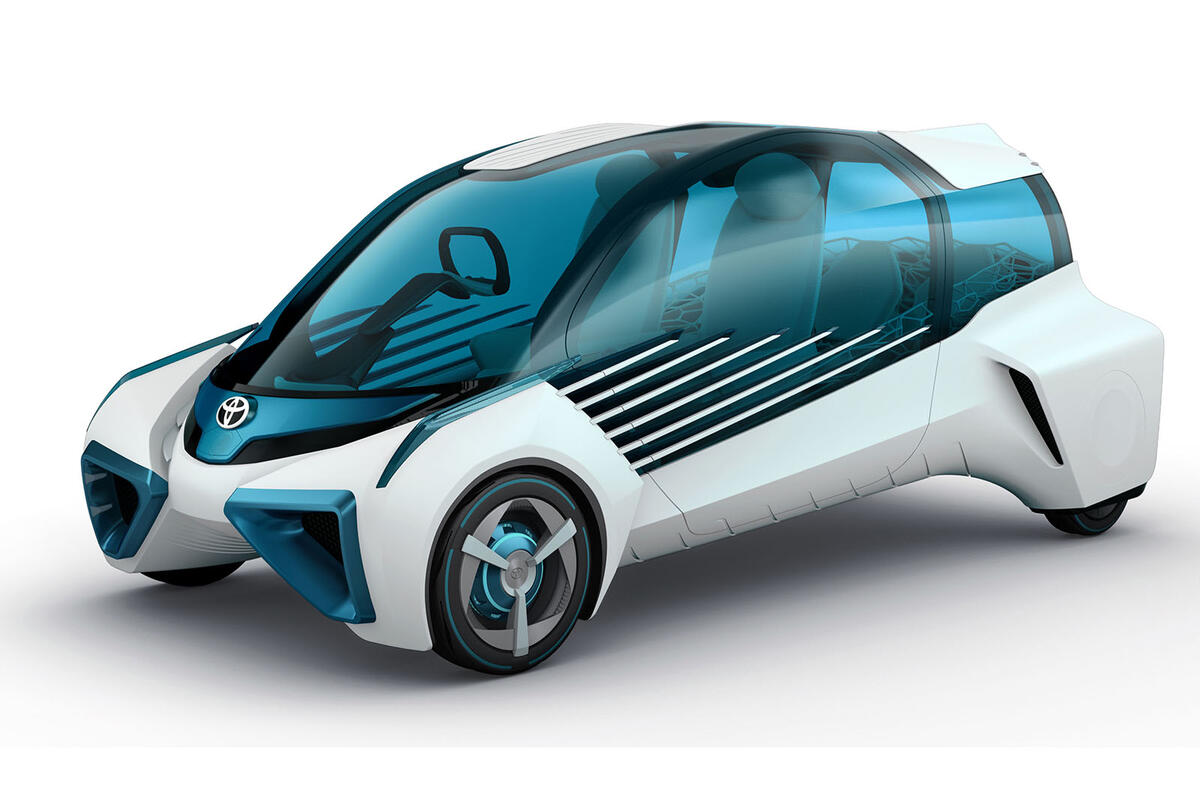


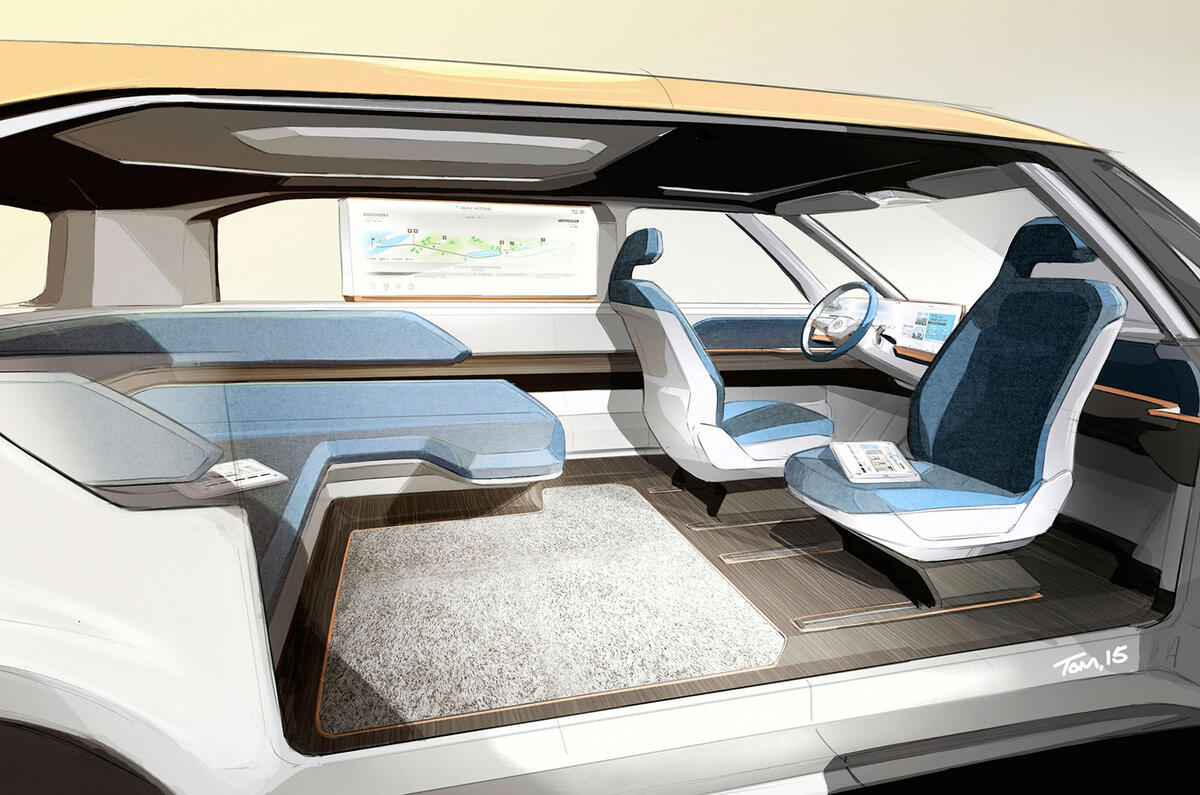
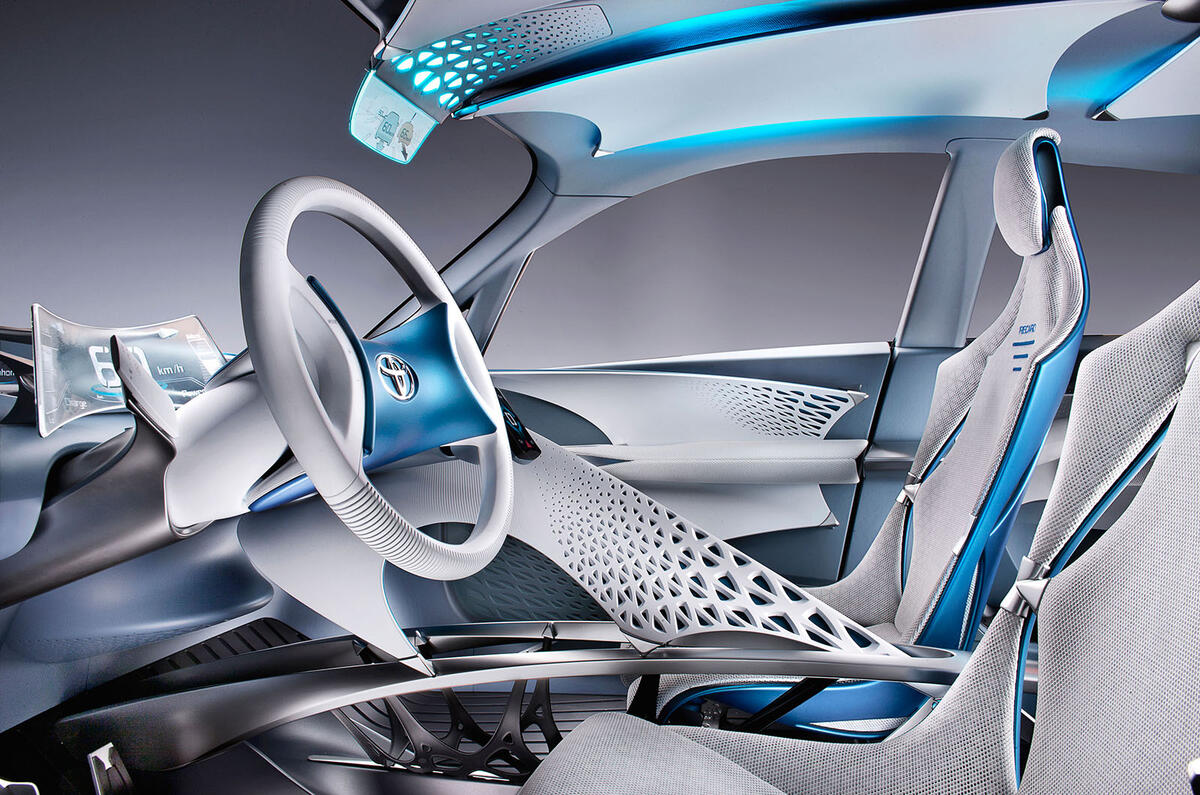
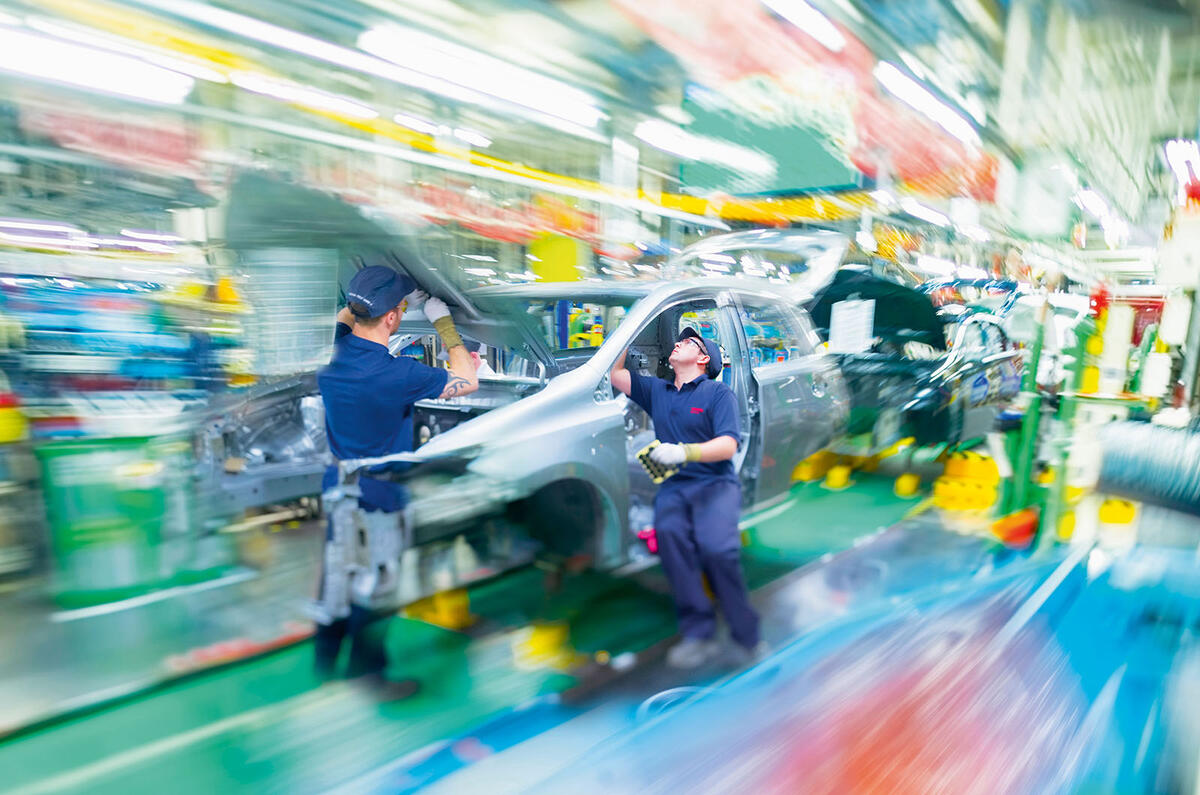
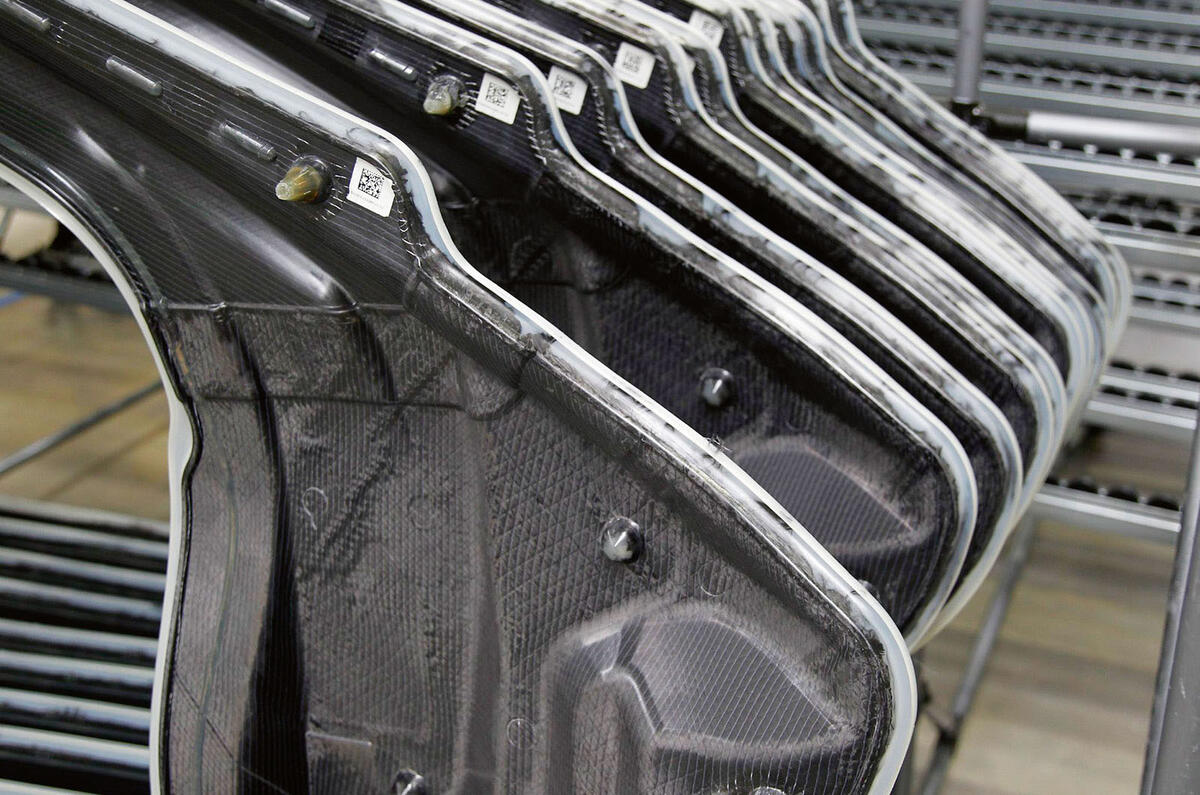
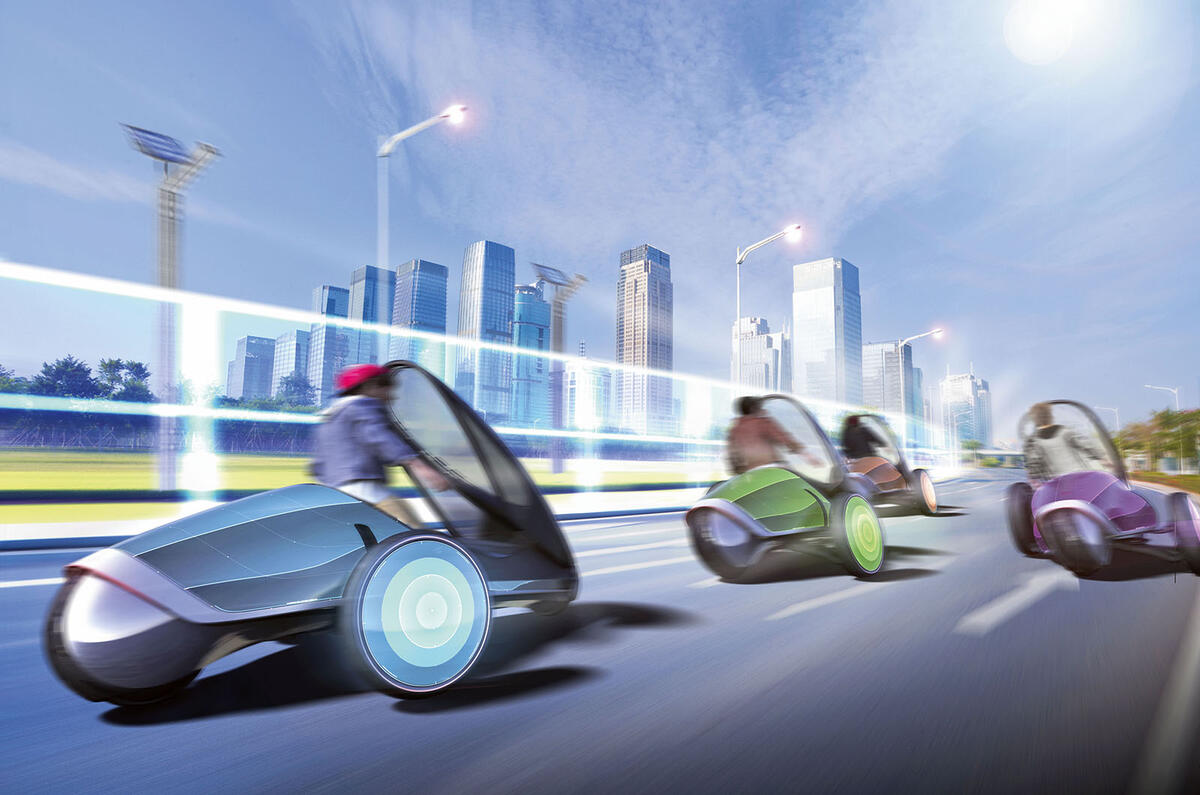
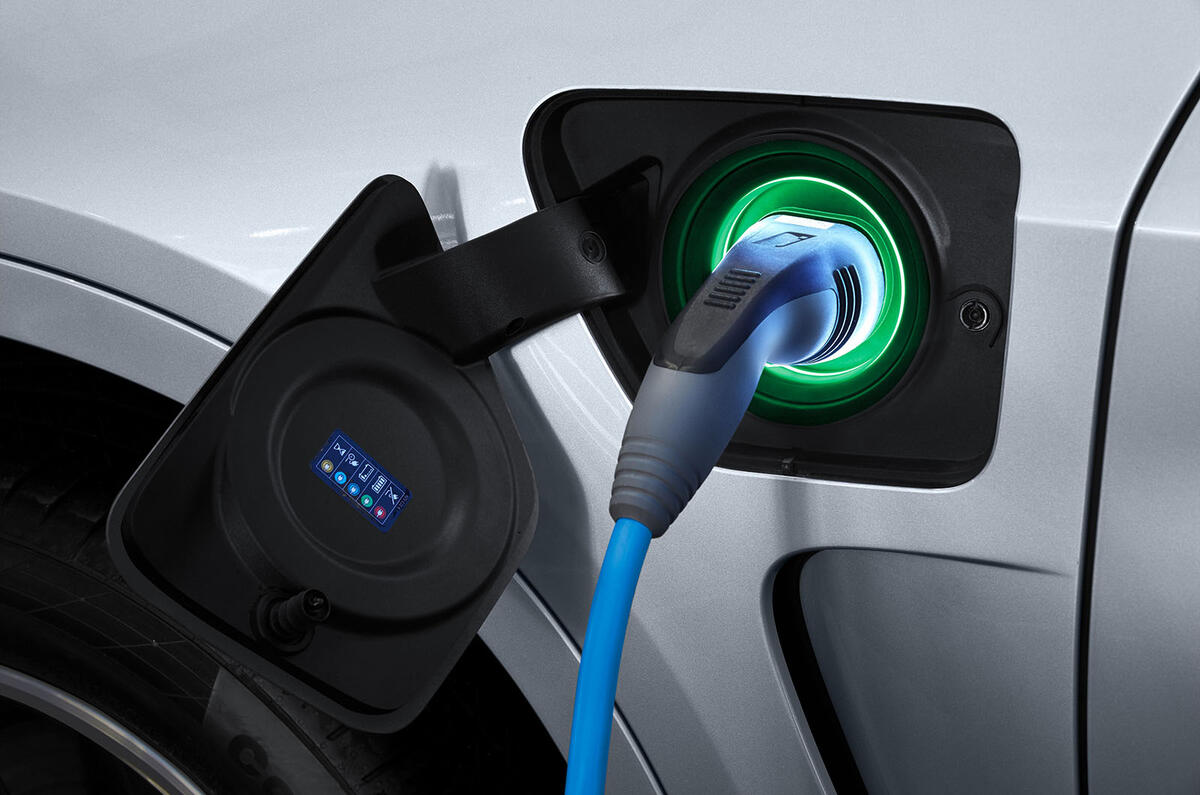

Join the debate
Add your comment
Electric Cars
Cant see that electric charging points are viable, they are expensive to set up and people are hogging them already and punch ups have broken out. Couldnt a battery be small enough that you could just slot it in like filling up with petrol. You could go into a "battery station" hire/shop and swap your battery with a charged one. Who wants to hang around waiting for your car to charge up? You could also have a spare battery like you have spare tires
plus 1 for the above
Nice ideas but...